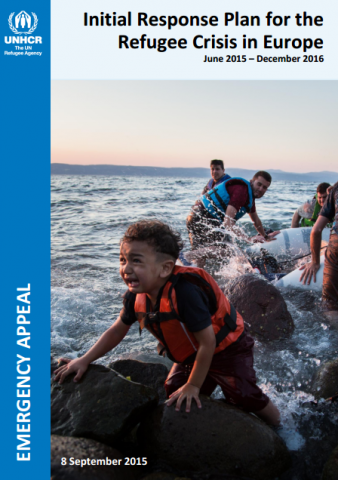My Resilience Story (Mi historia de resiliencia) Bellavista Tomé Chile
La señora María Zenteno dirigenta vecinal y coordinadora del equipo comunitario del sector Bellavista, Comuna de Tomé, región del Biobío Chile; nos cuenta como ha sido el desafio de ser una comunidad organizada y conciente de su entorno, donde a partir de capacitaciones comunitarias conocieron la importancia de estar preparados frente a cualquier emergencia y […]
My Resilience Story (Mi historia de resiliencia) Bellavista Tomé Chile Read More »







